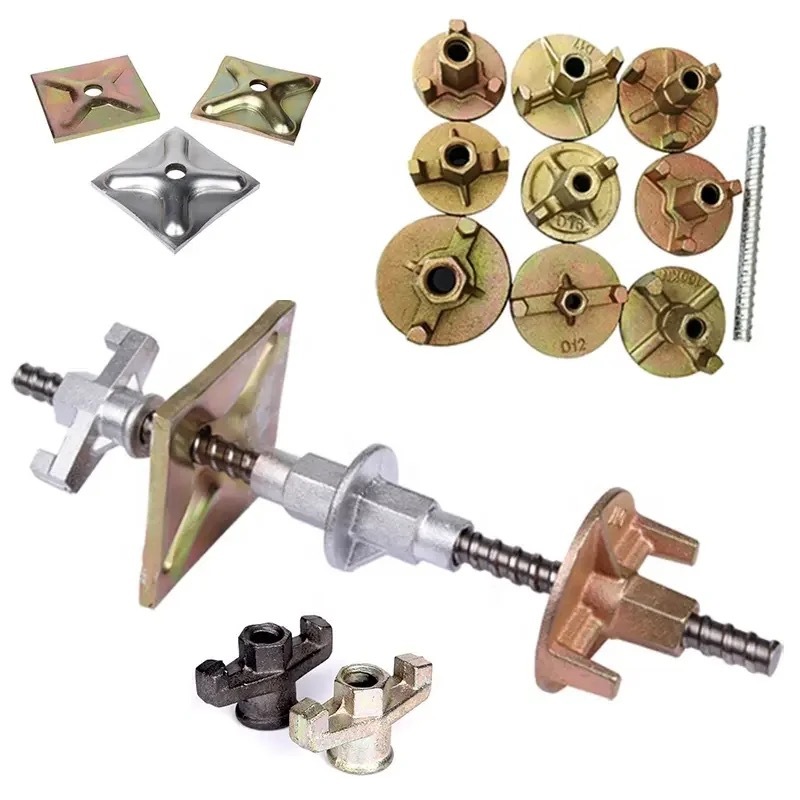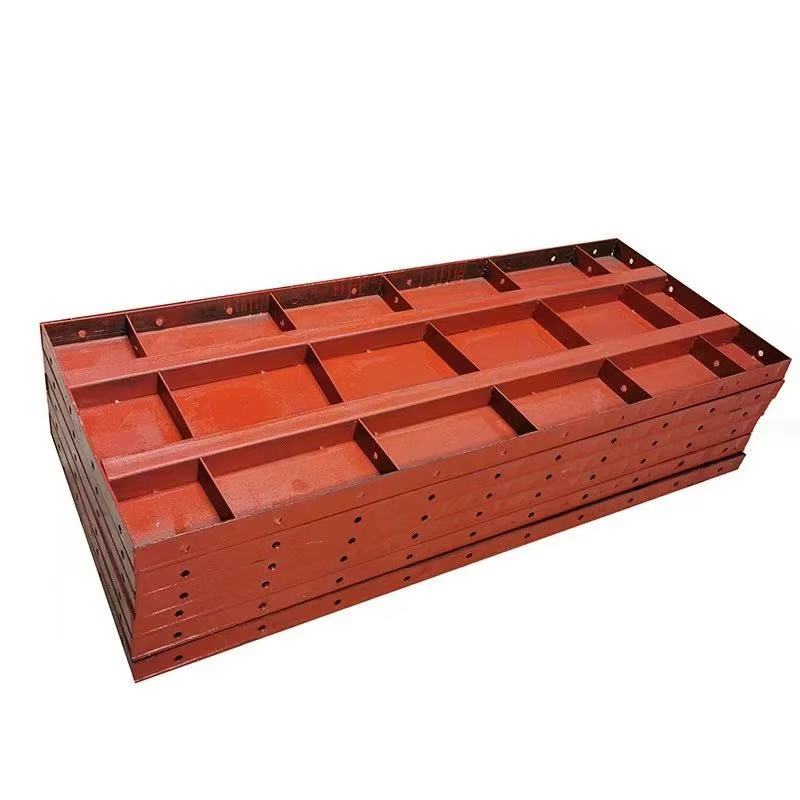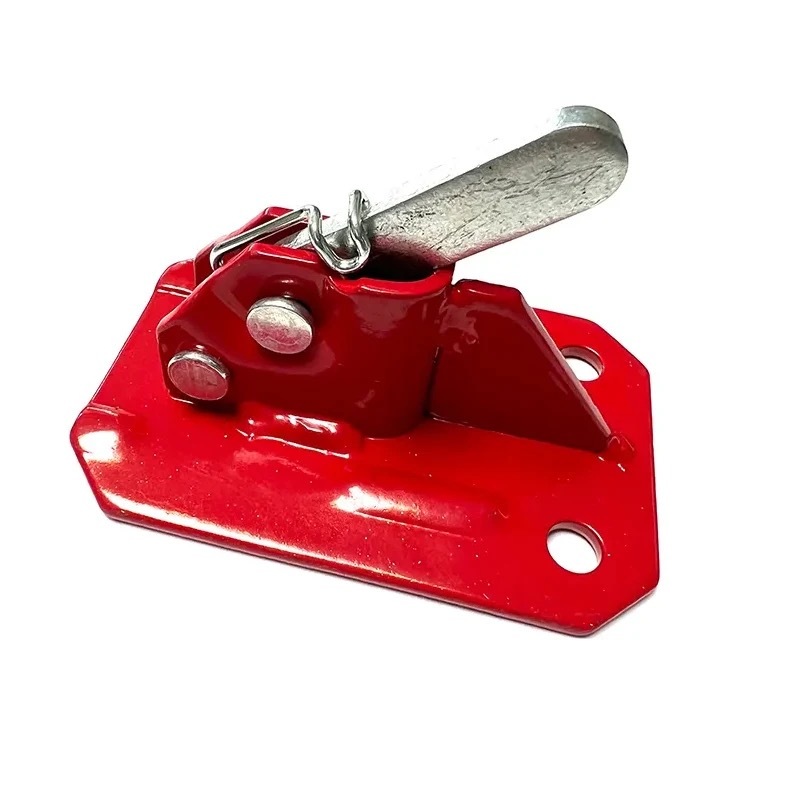Common Mistakes to Avoid When Using Disc Nuts in Your Projects
Common Mistakes to Avoid When Using Disc Nuts in Your Projects Introduction to Disc Nuts: Understanding Their Importance Disc nuts play a crucial role in fastening systems, providing stability and support in various applications. Whether you're working on construction, automotive, or DIY projects, understanding how to utilize disc nuts effectively can prevent costly errors. In this guide, we w

Common Mistakes to Avoid When Using Disc Nuts in Your Projects
Introduction to Disc Nuts: Understanding Their Importance
Disc nuts play a crucial role in fastening systems, providing stability and support in various applications. Whether you're working on construction, automotive, or DIY projects, understanding how to utilize disc nuts effectively can prevent costly errors. In this guide, we will explore the common mistakes associated with disc nuts and how to avoid them to enhance the quality of your projects.
The Role of Disc Nuts in Modern Engineering
Disc nuts, also known as flange nuts, provide a larger bearing surface than standard nuts, distributing load more evenly across the material. This property makes them ideal for applications where securing components is critical. However, misusing disc nuts can lead to significant mechanical failures, leading to safety hazards and project delays.
Importance of Proper Installation Techniques
The correct installation of disc nuts is vital. Failing to follow recommended procedures can result in inadequate fastening. It's essential to align the nut carefully with the bolt and apply the right torque specifications to ensure optimal performance.
Common Mistake #1: Over-Tightening Disc Nuts
One of the most prevalent errors is over-tightening. While it may seem intuitive that a tighter fit leads to better security, excessive torque can strip threads or damage the components being fastened. Always refer to manufacturer guidelines for the correct torque specifications.
Common Mistake #2: Ignoring Material Compatibility
Using disc nuts made from incompatible materials can lead to corrosion or chemical reactions. For example, pairing stainless steel nuts with aluminum components can cause galvanic corrosion. Ensure that your materials are compatible to avoid premature failure.
Common Mistake #3: Neglecting Surface Preparation
Before installation, the surfaces to which you are affixing the disc nuts should be clean and free of debris. Any contaminants can compromise the fitting and lead to loosening over time. Always prepare your surfaces properly for optimal adhesion and grip.
Understanding Load Requirements for Disc Nuts
Different projects demand varying load capacities. Understanding the load requirements is essential when selecting the appropriate disc nut. Overestimating the load can lead to using inadequate fasteners, while underestimating can result in unnecessary costs.
Common Mistake #4: Failure to Account for Load Distribution
Improper load distribution can lead to uneven stress on the fasteners, leading to potential failure. It's vital to consider how the load will be distributed across the disc nut and ensure that it aligns with the designed capacity.
Common Mistake #5: Using Worn or Damaged Disc Nuts
Disc nuts that show signs of wear, corrosion, or damage should never be used. Even small imperfections can significantly affect performance. Regularly inspect your fasteners and replace any that do not meet safety standards.
Choosing the Right Tools for Installation
Using the correct tools is fundamental to ensuring the effective use of disc nuts. Relying on improper or inadequate tools can lead to mistakes during installation.
Common Mistake #6: Utilizing Incorrect Tools for Installation
Always use tools specifically designed for working with disc nuts and bolts. A wrench that is too large or too small can lead to slipping and rounded edges, affecting the integrity of the installation.
Common Mistake #7: Skipping Torque Measurement
Failing to measure torque during installation can lead to a false sense of security. Always use a torque wrench to ensure that you apply the correct amount of force. This practice significantly reduces the risk of installation errors.
Understanding the Environmental Impact on Disc Nuts
Environmental factors can affect the performance of disc nuts in projects. Exposure to moisture, temperature variations, and chemicals can lead to rapid degradation.
Common Mistake #8: Not Considering Environmental Conditions
Neglecting to consider the environment in which the disc nuts will be used can lead to premature failure. For example, using standard steel nuts in a humid environment can lead to rust and corrosion. Always choose materials that can withstand specific environmental conditions.
Testing and Quality Assurance: Ensuring Reliability
Quality assurance is critical in ensuring the reliability of your fasteners. Testing disc nuts before full-scale application can prevent failures in critical projects.
Common Mistake #9: Skipping Quality Checks
Testing disc nuts for strength and durability before installation can catch potential issues early. Ensure that you conduct proper quality checks to prevent future failures.
Best Practices for Using Disc Nuts Effectively
Incorporating best practices into your projects can significantly reduce the likelihood of mistakes. Here are some strategies to enhance your use of disc nuts:
1. Follow Manufacturer Guidelines
Always adhere to the manufacturer’s instructions for installation and maintenance. These guidelines are specifically designed to ensure optimal performance.
2. Regular Inspections and Maintenance
Conduct regular inspections of disc nuts to identify any signs of wear or damage early. Maintenance can prevent failures that could compromise your project.
3. Educate Your Team
Ensure that all personnel involved in installation are trained on the proper use of disc nuts. A well-informed team is less likely to make critical mistakes.
4. Document Your Processes
Keep detailed records of installations and inspections. Documentation can help in identifying recurring issues and improving future practices.
Frequently Asked Questions (FAQs)
1. What are disc nuts used for?
Disc nuts are primarily used in various applications requiring secure fastening, providing enhanced load distribution and stability.
2. How can I tell if a disc nut is damaged?
Inspect for visible signs of wear, such as corrosion, stripped threads, or bending. Any damage should warrant immediate replacement.
3. What materials are best for disc nuts in outdoor applications?
Stainless steel or coated materials are recommended for outdoor applications due to their resistance to corrosion.
4. Is it necessary to apply lubricant when using disc nuts?
Applying lubricant can help achieve the correct torque and prevent galling, especially in high-stress applications.
5. Can disc nuts be reused after installation?
While it may be possible to reuse disc nuts, it is generally not recommended unless they are thoroughly inspected for integrity and functionality.
Conclusion
Understanding the common mistakes to avoid when using disc nuts is essential for ensuring the success of your projects. By adhering to best practices, properly installing, and regularly inspecting your fasteners, you can enhance the longevity and performance of your applications. Always prioritize quality and compatibility in your materials to avoid pitfalls, and ensure your projects are both efficient and secure. Proper education and awareness about the potential errors related to disc nuts can help elevate your project outcomes, driving you towards greater success.
Key words:
PREVIOUS:
PRODUCT SEARCH
Search And Quickly Find The Products You Need
With advantages in technology, quality, and service, the company is steadily advancing in the industry, continuously providing high-quality hydraulic rubber products and services to global customers, demonstrating strong development potential and broad market prospects.










